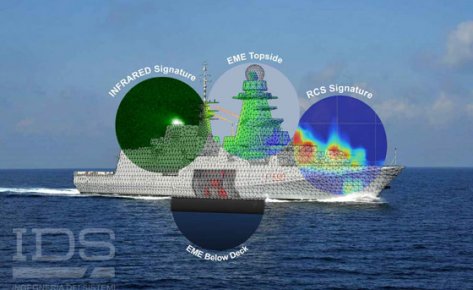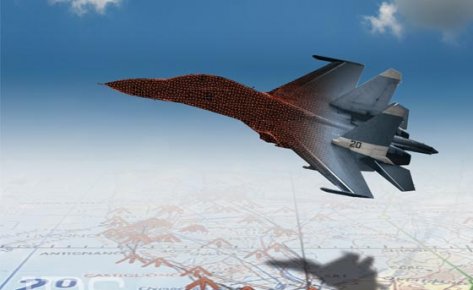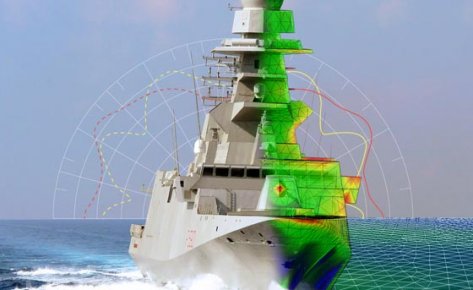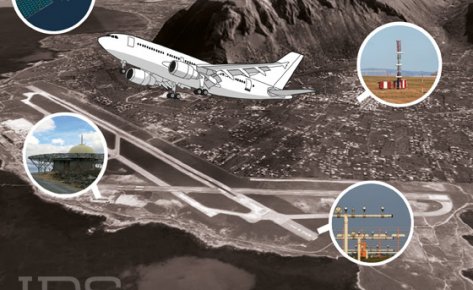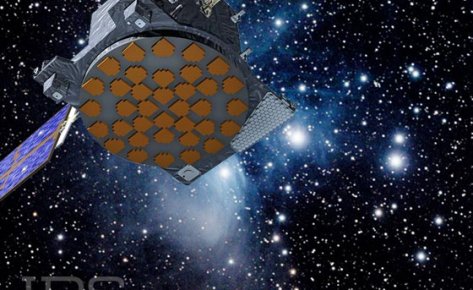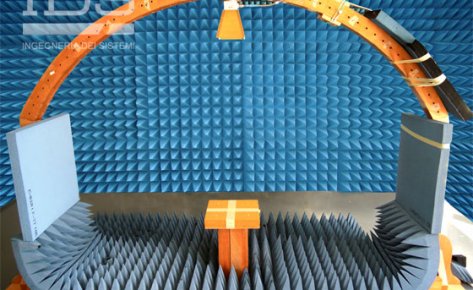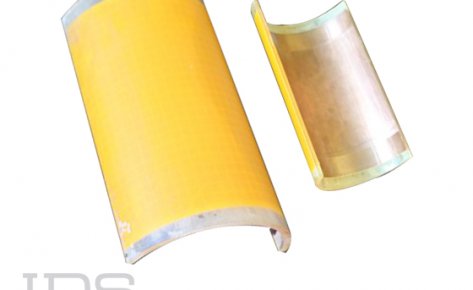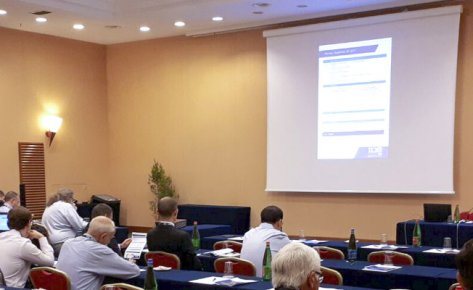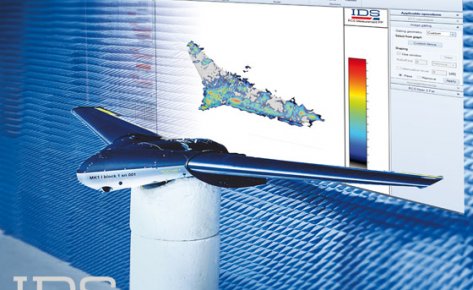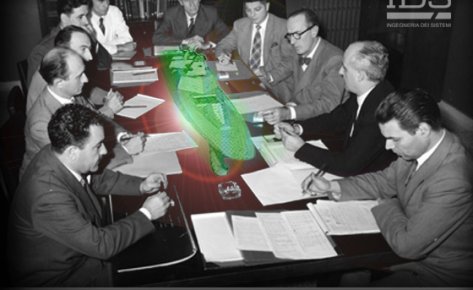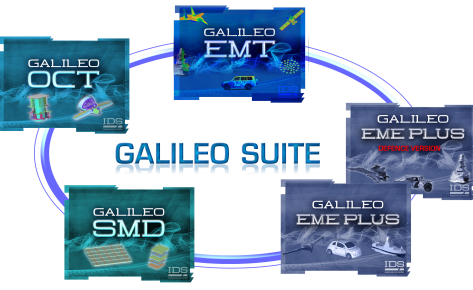Nowadays, platforms operate in more and more complex and severe electromagnetic environments with increasing numbers of external and internal radiating sources, higher power levels of wanted and unwanted emissions, extensive use of materials with reduced shielding effectiveness, and a proliferation of electronic and electric systems more sensitive to external threats.
To increase the chance of successfully accomplishing missions and to minimize hazards to personnel, fuel and ordnance, protection against electromagnetic environmental effects (E3) has to be addressed in all phases of the platform/system lifecycle including preliminary and detailed design, maintenance and configuration modification, to match the requirements of new operational scenarios.
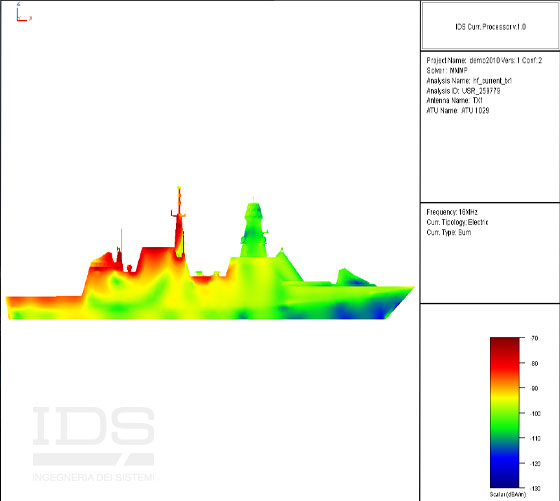
E3 comprehends several phenomena:
- Electromagnetic Pulse (EMP)
- Electromagnetic Compatibility (EMC)
- Electromagnetic Interference (EMI)
- High Intensity Radiated Fields (HIRF)
- Electrostatic Discharge (ESD)
- Precipitation Static (P-Static)
- Indirect Effects of Lightning (IEL)
- RADHAZ (HERO, HERP, HERF)
- Shielding
- Electromagnetic Vulnerability (EMV)
- RFID Vulnerability to Electromagnetic Energy
Modern platforms and systems, such as aircraft, ships, cars and base stations etc. carry an increasing number of RF/MW radiating and receiving units, and are required to operate in more and more challenging environments. This results in a need to carefully consider the effects of electromagnetic compatibility (EMC) and electromagnetic interference (EMI).
Galileo integrates modeling tools and procedures that allow mitigation of the EMC/EMI risk of complex systems and the optimization of antenna installations, while satisfying the specific performance and coverage requirements of all the services. A special working procedure dedicated to the management of electromagnetic compatibility and electromagnetic interference risk matrices is also available and recommended for long-term projects, where the designer has to maintain control of a huge number of interconnected problems.
In this context, scaled procedures are available to economically perform analyses and find solutions, beginning from the early design stage when different system configurations can be investigated and checked.
A multi-method approach enables accurate and high fidelity modeling of antennas, large arrays (Symmetric Iterative Method, Sparse Matrix Adaptive Integral Method, Synthetic Function eXpansion) and whole platforms (multiscale problems) from LF (Multi-Resolution MLFMA) to Ka band (Iterative Physical Optics run in parallel on mixed CPU-GPU architectures and ray-based codes).
This scalable approach results in reduced design costs and time to market.
Estimating the electric field level at high frequencies inside satellite or avionic bays characterized by metallic, composite or dielectric walls with apertures is one of the most challenging tasks and also a factor in the definition of Radiated Susceptibility requirements.
Numerical methods typically used in electromagnetic simulation (MoM, FEM and FDTD etc.) require a large amount of effort in terms of computational capabilities and are totally unfeasible in higher frequency ranges.
Galileo integrates a validated state-of-the-art tool based on the Oversized Cavity Theory that has been tailored to this specific application. The scenario under analysis (cavities, materials, apertures, sources and susceptible elements etc.) is modeled through a set of synthetic parameters which allow computation of the statistical field distribution and interference margin in just a few seconds without the need of any mesh CAD model.
On-board electrical and electronic devices may be damaged by the current and voltage levels induced at their interface by a lightning strike. For this reason, proper protection against the indirect effects of lightning has to be designed, especially in the case of safety critical systems.
Galileo provides a dedicated working environment for the identification and mitigation of possible hazardous situations in the early design phase, which integrates:
- A state-of-the-art validated simulation tool for low frequency analysis (derived from the ARROW and GENIAL EU research programs): S-PEEC (Surface-Partial Element Equivalent Circuit) with the ACA (Adaptive Cross Approximation) acceleration method (a MoM based code that implements the concept of Terminals and also implements a current-charge separation suited for very low frequency analysis)
- A field to transmission line procedure accounting for the effect of the Common Mode Impedance Matrix of the structure. This procedure is able to model the effects of composite and other lightweight materials that are not good conductors, especially at very low frequencies
- Professional post-processing procedures that allow easy and immediate identification of potential risks at equipment terminals for any of the lightning waveforms defined in the applicable normatives (EUROCAE ED-84A and EUROCAE ED-105)
This approach can significantly reduce the risk of failure in the certification process and minimize the expensive and time consuming test activities that are required by international regulations.
External threats such as high intensity radiated fields (HIRF) can have catastrophic effects on modern avionic platforms due to the extensive use of composite materials (which provide reduced shielding) and the replacement of mechanical and hydraulic flight controls with electronic devices (fly-by-wire systems) that are much more susceptible to electromagnetic interference.
From an analytical point of view HIRF is a formidable concentration of different electromagnetic problems, such as the shielding effectiveness of materials and apertures, external and internal resonances and quasi-cavity low level field distributions, and can encompass a range from kHz to tens of GHz.
Galileo offers a professional module for the management of HIRF, which also allows the user to directly evaluate an aircraft’s compliance with a selectable normative.
A multi-method approach allows an accurate simulation from LF (Multi-Resolution MLFMA solving the typical “low-frequency breakdown problem”) to the Ka band (Iterative Physical Optics for parallel runs on mixed CPU-GPU architectures and ray-based codes). A power balance code whose results are presented in agreement with the applicable normative is also available for non-deterministic situations (e.g. avionic bays).
In addition, currents and field levels at the location of susceptible elements can be predicted both by considering the aircraft in flight conditions and on a test site by also modeling the test site configuration, transmitting antennas and sensors.
The Galileo HIRF module has been validated on the basis of numerous measurements, performed within the framework of the European Commission funded HIRF-SE Project, which included analysis of materials, sub-systems and systems, as well as complete commercial aircraft.
The increasing number of RF sources and the higher and higher levels of radiated power may pose hazards to personnel, fuel stores and ordnance. Specific regulations and standards define the requirements for safe operations in the vicinity of people and to avoid ordnance malfunction and unwanted fuel ignition. An accurate prediction of radiated field levels together with an extensive knowledge of applicable norms allow safe operational distance to be defined and the proper design of protections to reduce the need for and quantity of costly testing activities. GALILEO has a comprehensive set of processing functions and working procedures to efficiently and effectively address these problems.
Electrostatic charging of spacecraft due to interaction with the natural space environment, natural weather events in space and plasma from thrusters may cause an electrostatic discharge (ESD). The transient phenomenon generated by this discharge may couple with the spacecraft’s electronic equipment leading to malfunctions or failures which can affect operations, degrade service quality, cause service interruptions or, in the worst case, even the total loss of the satellite. Accurate prediction of transient levels and the design of solutions to mitigate their effect is a key factor for the success of spacecraft missions.
Galileo can accomplish this task with a comprehensive set of modeling tools and procedures developed to support space agencies (ESA, ASI, ISRO and DSO etc.) and space industries.
Passive InterModulation (PIM) products generated by components exhibiting non-linear behavior (e.g. dissimilar metals and dirty interconnects etc.) may cause serious radio interference problems in multi-frequency communications environments, such as high-power multichannel mobile communication satellites.
Building on the experience gained supporting space agencies (ESA, ASI, ISRO and DSO etc.) and space industries in the analysis and design of satellites and spacecraft, Galileo integrates specific procedures and modeling tools for the identification (e.g. PIM product frequencies, coupling levels and high current density regions etc.) and mitigation of potential PIM risks.
Aircraft surfaces can become electrically charged due to particular atmospheric conditions such as flying through a thunderstorm or the impact (friction) of neutral particles such as snow, dust and rain on the frontal surface of the vehicle.
If the static discharge system has not been properly designed and optimized, accumulated charge may result in corona discharges or streamer discharges on dielectric surfaces and arcs. All these discharging events result in broadband noise in frequency bands ranging from LF up to VHF/UHF and the L bands, which may cause RF interference with systems operating in those frequency bands including VLF navigation systems, automatic direction finding (ADF), VHF communications and VOR systems.


